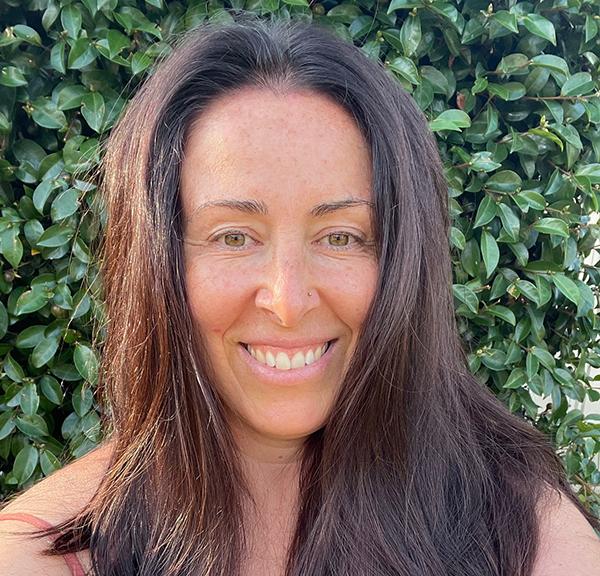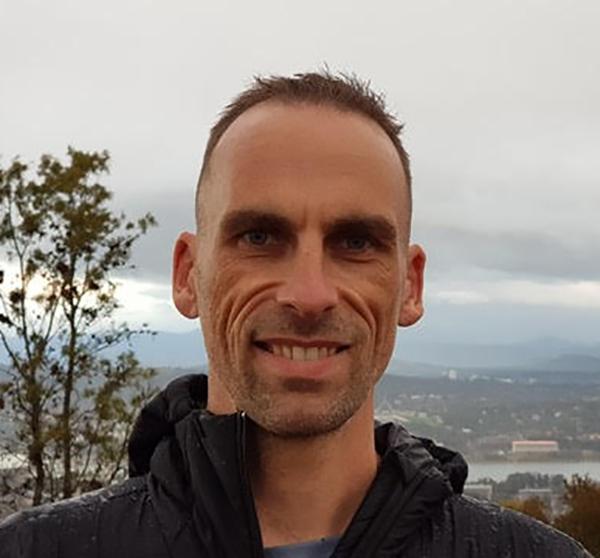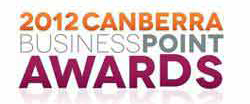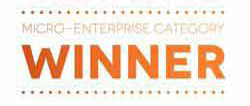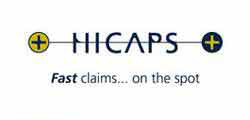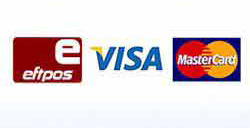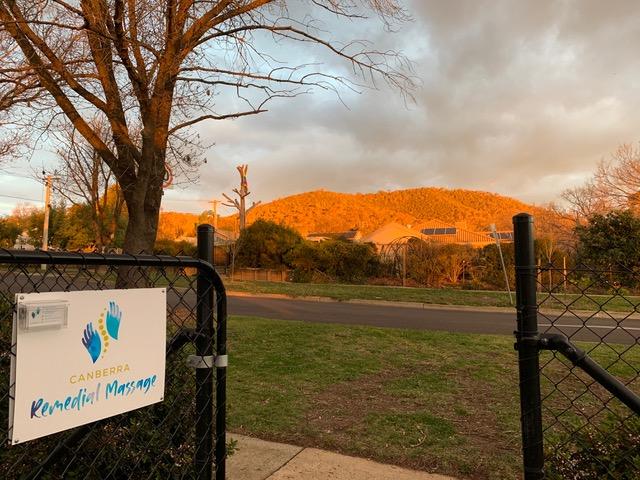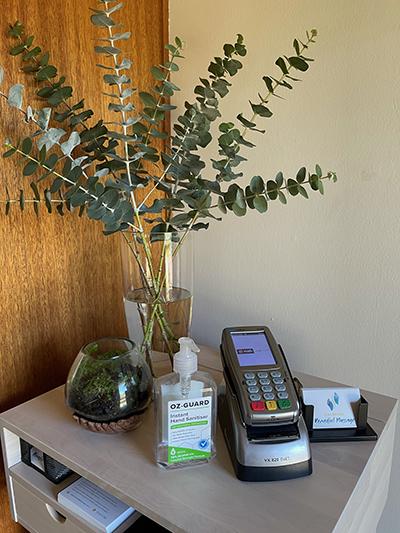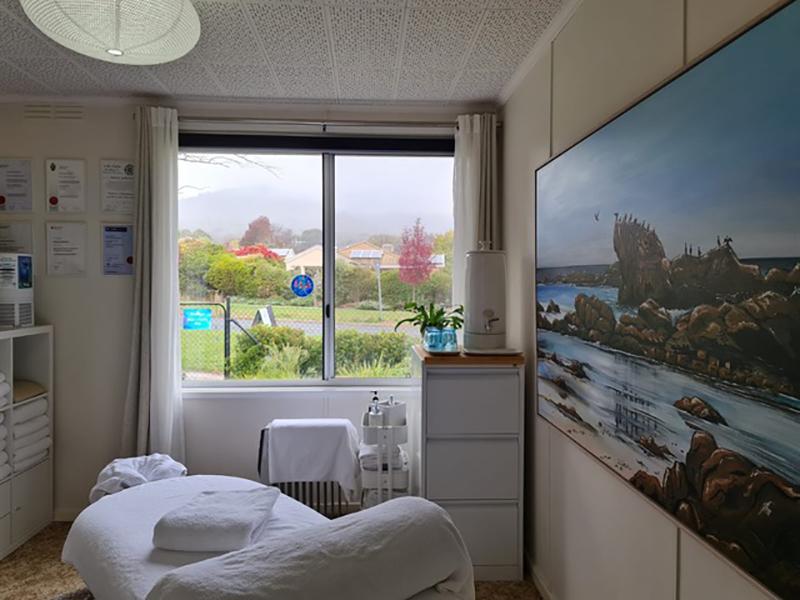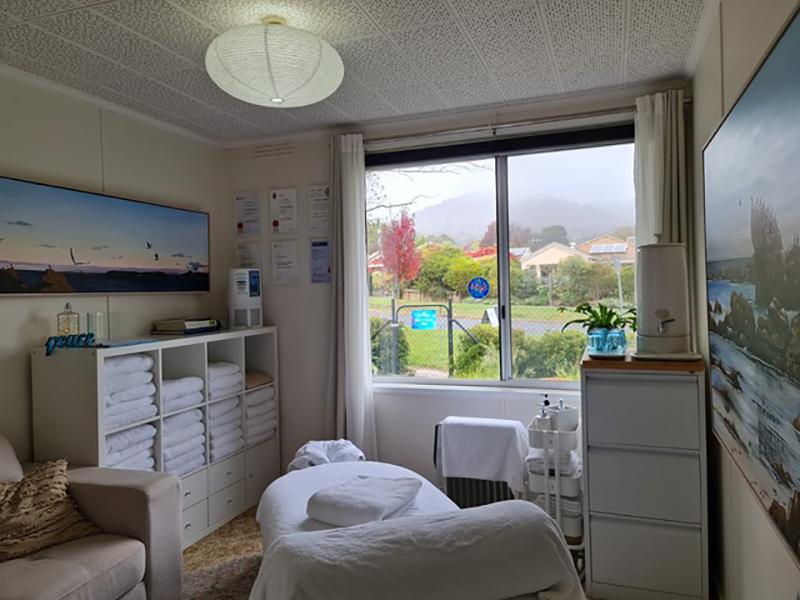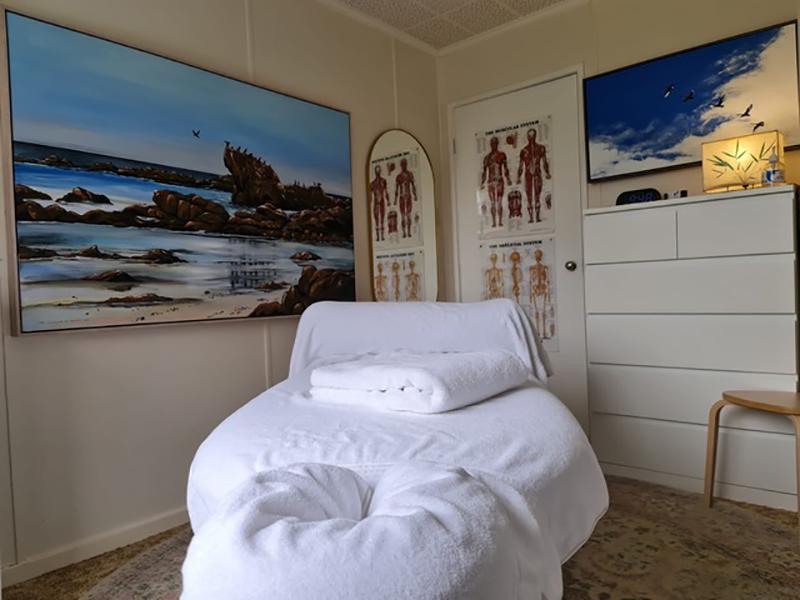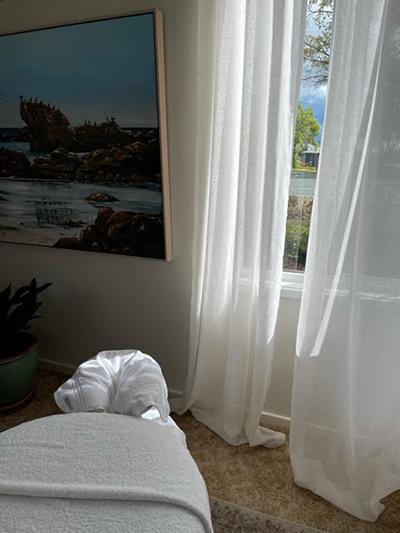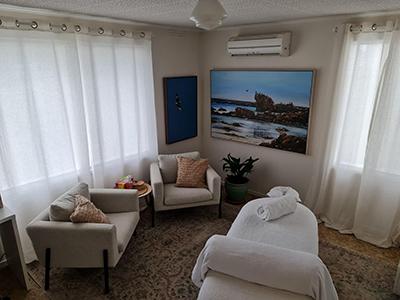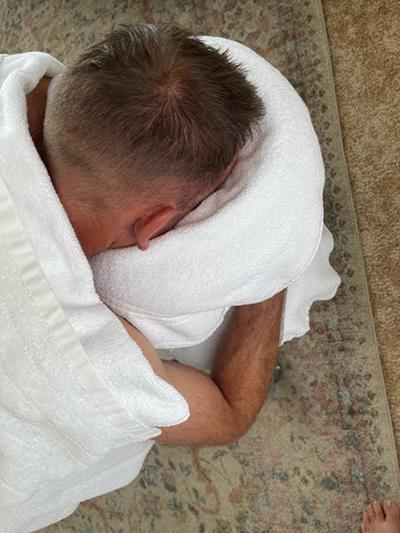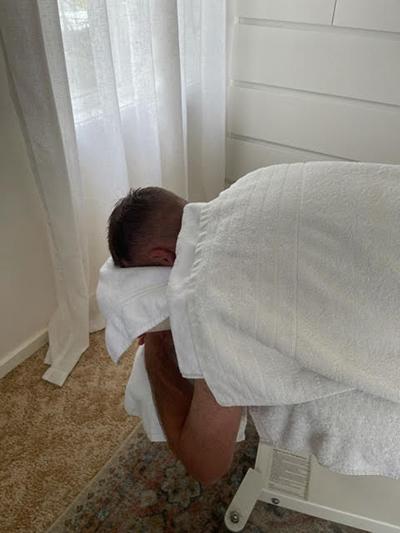We offer remedial massage, sports massage, relaxation massage and pregnancy massage.
Book your appointment here:
https://bookings.gettimely.com/canberraremedialmassage/bb/book
We strive to maintain a healthy and welcoming clinic environment for everyone. Please adhere to all ACT Health guidelines regarding COVID-19 or other communicable diseases, and contact us if you have any questions or concerns.
If you have any cold or flu-like symptoms, please cancel and reschedule your appointment.
No fees will be charged for cancellations due to illness.
Canberra Remedial Massage is a home-based business located in Ainslie, ACT.
We focus on evidence-based practice, providing remedial massage with the best and most current research and knowledge in massage and neuroscience-related fields. We also aim to collaborate with professional peers in the health industry to be part of a team delivering the best possible outcomes for your healthcare journey.
Canberra Remedial Massage offers a range of therapies designed to enhance your overall well-being. During our consultation, we will work with you to determine the most suitable treatment for your specific massage needs.
What to expect when you visit
Canberra Remedial Massage...
+friendly, qualified and insured service
+Focus on your massage needs
+Premax professional massage lotions
+hygienic, fresh towels and linen
+soft, gentle music to soothe and relax
Accredited with all Australian Health Funds.
HICAPS and EFTPOS.
Credit cards and Amex are welcome.
We aim to create a safe, warm, and nurturing environment for you. We have established a beautiful, clean, serene clinic space with soothing music that instantly puts people at ease. We are located in the leafy Canberra suburb of Ainslie, near the base of Mount Ainslie, a beautiful landmark.
We love working with clients seeking the highest standard of massage treatments, including significantly remedial massage, which utilises non-invasive, non-pharmacological pain management techniques. We continue to empower you to manage your health through evidence-based education and self-management skills, which you can apply at home or alone.
We aim to improve your ability to move comfortably, exercise, and improve your range of motion. We strive for outstanding results and want you to experience the best massage you've ever had with us every single time. We also aim to be compassionate and kind and to inspire you with hope for the best quality of life you can achieve.
We also offer exceptional relaxation massages, which provide a retreat from reality and a safe space for you to feel secure in the moment, leaving outside worries behind. Our massage services help you switch off and drift into your inner bliss. You will leave our clinic feeling lighter, more centred, and ready to bring your best self back into your world.
I am passionate about remedial massage and its benefits for you, my client. With over 22 years of experience in the massage industry, I offer professional treatments tailored to your needs, helping to relieve muscular and soft tissue issues.
I strongly focus on preventive healthcare and have comprehensive experience in injury management, rehabilitation, and elite sports massage.
My massage practice has led me to continue studying the mind-body connection and the experience of pain. I am interested in non-invasive, non-pharmacological pain management. I also have extensive experience working with clients with neurological conditions, including multiple sclerosis, Parkinson's disease, diabetic peripheral neuropathy, and stroke rehabilitation.
I began martial arts training in 1990 and achieved Nidan (second-level black belt) in Aikido (Kenkyukai, ACT), a Japanese martial art; Nidan in Jodo, a Japanese staff art; and Shodan (first-level black belt) in Iaido, a Japanese sword art (Australian Kendo Renmei, ACT). I enjoy High-Intensity Interval Training (HIIT), swimming, cycling, bushwalking, gardening, playing classical guitar, photography, art making and mindfulness.
HICAPS and EFTPOS are available.
Credit cards and Amex are welcome.
Monica has HICAPS and rebates for all Australian health funds for remedial massage.
No.
Massage does not flush toxins from the body. Your liver, kidneys, lungs, skin, and lymphatic system naturally handle detoxification.
Massage supports circulation and lymph flow, but there’s no scientific evidence that it removes specific “toxins.”
What it does do is calm your nervous system, improve blood flow, and help regulate pain and stress (Mak et al., 2024; Ingraham, 2025; AMT, 2024).
Yes — in a gentle, physiological way.
Massage can stimulate lymph flow, reduce mild fluid retention, and support immune function, particularly when techniques are light and rhythmic.
However, lymphatic drainage is not detoxification, and it should never replace medical care for lymphoedema or infection.
Studies show that massage can enhance short-term lymphatic movement and comfort, but it doesn’t permanently alter immune processes (Keter et al., 2025; AMT, 2024).
No.
Massage cannot physically “break down” tissues.
The sensation of release occurs because pressure and movement change how your nervous system interprets tension and pain, allowing muscles to relax.
This is referred to as neuro-modulation, not mechanical breakdown (Ingraham, 2025; Keter et al., 2025).
No.
Lactic acid isn’t to blame for post-exercise soreness — it clears from muscles within an hour of activity.
DOMS (delayed-onset muscle soreness) is caused by micro-inflammation and neural sensitisation, not acid buildup.
Massage can reduce DOMS symptoms and improve recovery by influencing the nervous and vascular systems, not by “flushing out” lactic acid (Dakić et al., 2023; Alabed et al., 2020).
Yes.
Multiple studies have shown that massage increases heart rate variability and reduces blood pressure and cortisol levels, indicating parasympathetic activation (Isar et al., 2022; Estêvão Rios Monteiro et al., 2025).
This explains the deep calm and improved sleep many clients experience afterwards.
Massage may indirectly support immune health by reducing chronic stress and improving sleep — both of which enhance immune resilience.
However, no evidence suggests that massage directly increases immune cell counts or prevents illness.
Its benefits are through the stress–immune connection, not immune “stimulation” (Mak et al., 2024; AMT, 2024).
Hydration is always good, but you don’t need to “flush out toxins” because massage doesn’t create or release them.
Water helps prevent post-massage soreness by maintaining circulation and supporting the body’s normal balance (Ingraham, 2025).
Massage can gently stimulate the nervous system and release stored muscle tension.
Mild soreness or emotional release can occur as the body relaxes and recalibrates.
This is a normal, temporary response, not toxin release or emotional “purge.”
Gentle stretching, water, and rest help the body settle (Keter et al., 2025; PainScience, 2025).
Not necessarily.
Research shows that both firm and gentle massage can be beneficial. The key is comfort and safety — excessive pressure can activate stress responses and increase muscle guarding.
Optimal depth is the one your body perceives as soothing, not painful (Keter et al., 2025; Ingraham, 2025).
That depends on your goals:
For stress and wellbeing: every 3–4 weeks or as needed.
For chronic tension or pain, use weekly or fortnightly until symptoms ease, then maintain.
For sports recovery: around training or events.
Your therapist can help you find the ideal rhythm for your body’s needs (AMT, 2024).
Alabed, S., Davis, H. L., & Chico, T. J. A. (2020). Effect of sports massage on performance and recovery: A systematic review and meta-analysis. BMJ Open Sport & Exercise Medicine, 6(1), e000614. https://doi.org/10.1136/bmjsem-2019-000614
Dakić, M., Toskić, L., Ilić, V., Äurić, S., Dopsaj, M., & Šimenko, J. (2023). The effects of massage therapy on sport and exercise performance: A systematic review. Sports, 11(6), 110. https://doi.org/10.3390/sports11060110
Estêvão Rios Monteiro, L. M., Martins Aguilera, L., Ruá-Alonso, M., da Silva Araújo, G., Corrêa Neto, V. G., Bentes, C. M., & Marchetti, P. H. (2025). Effect of manual massage, foam rolling, and strength training on hemodynamic and autonomic responses in adults: A scoping review. Healthcare, 13(12), 1371. https://doi.org/10.3390/healthcare13121371
Isar, N. E., Zikri, M. H. A. H., & Ong, M. L. Y. (2022). Acute massage stimulates parasympathetic activation after a single exhaustive muscle contraction exercise. Journal of Bodywork & Movement Therapies, 30, 105–111. https://doi.org/10.1016/j.jbmt.2022.02.016
Keter, D. L., Bialosky, J. E., Brochetti, K., Courtney, C. A., Funabashi, M., Karas, S., et al. (2025). The mechanisms of manual therapy: A living review of systematic, narrative, and scoping reviews. PLOS ONE, 20(3), e0319586. https://doi.org/10.1371/journal.pone.0319586
Mak, S., Allen, J., Begashaw, M., Miake-Lye, I., Beroes-Severin, J., De Vries, G., Lawson, E., & Shekelle, P. G. (2024). Use of massage therapy for pain, 2018–2023: A systematic review. JAMA Network Open, 7(7), e2821154. https://doi.org/10.1001/jamanetworkopen.2024.22259
Ntoumas, I., Karatzaferi, C., & Christoforos, D. (2025). The impact of relaxation massage prior to bedtime on sleep quality and quantity in people with symptoms of chronic insomnia: A home-based sleep study. Healthcare, 13(2), 180. https://doi.org/10.3390/healthcare13020180
Giannaki, F., Papanikolaou, F., Dardiotis, E., Lavdas, E., & Sakkas, G. K. (2025). Massage positively influences daytime brain activity and reduces daytime napping latency in poor sleepers: A randomized trial. BMC Complementary Medicine & Therapies, 25, 290. https://doi.org/10.1186/s12906-025-05022-6
Association of Massage Therapists (AMT). (2024). Benefits of massage. https://www.amt.org.au/massage-and-you/benefits-of-massage.html
Ingraham, P. (2025, March 28). Massage Therapy: Does it work? A review of the science of massage therapy … such as it is. PainScience.com. https://www.painscience.com/articles/does-massage-work.php
